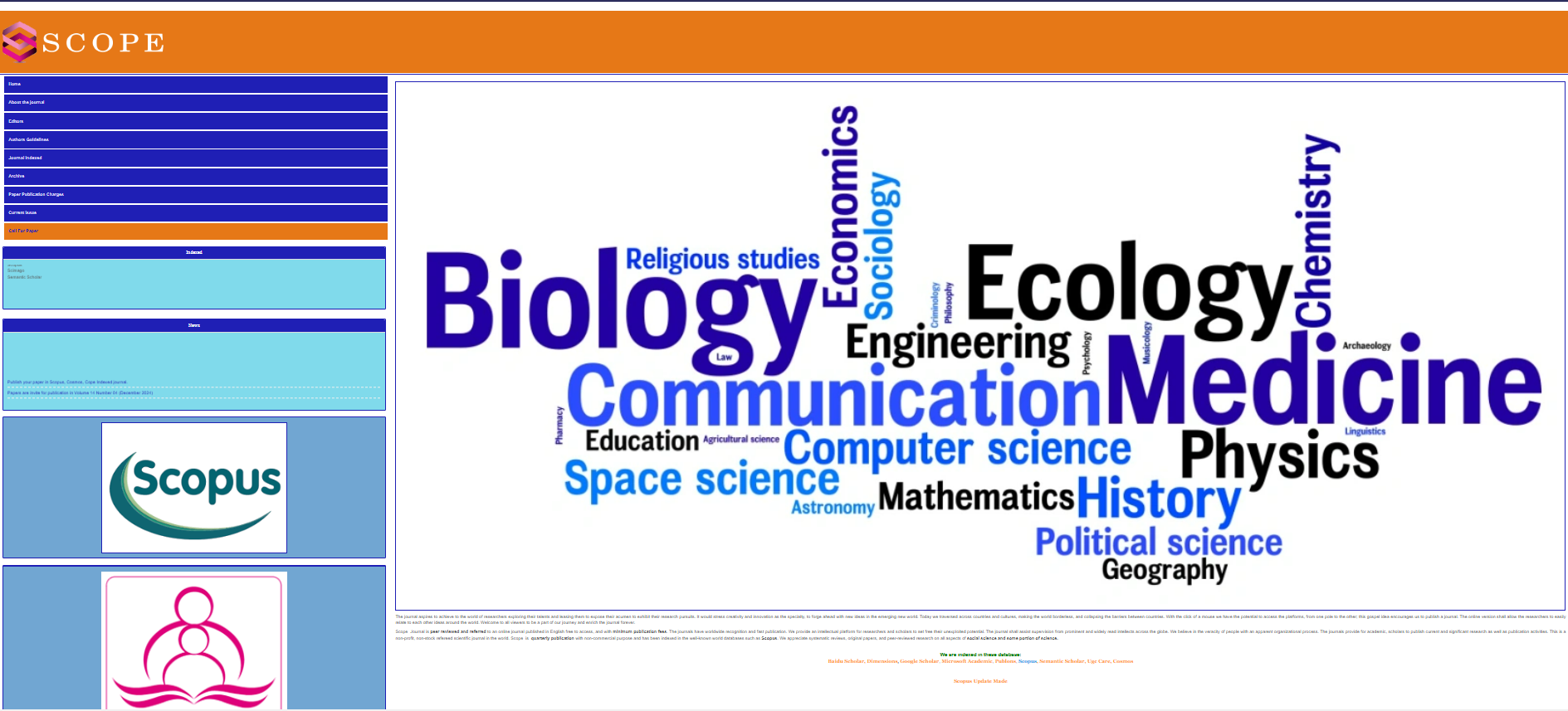
Abstract:Urban neighborhoods face growing challenges in sustainability, regeneration, and livability, especially in rapidly urbanizing cities like Jakarta, Indonesia. This study develops a comprehensive assessment framework to evaluate urban areas based on Sustainable, Regenerative, and Livable Neighborhood criteria. The framework integrates global sustainability principles, Hamid Shirvani’s urban design theories, and Jakarta’s Detailed Spatial Plan (RTBL), adapting them to local socio-economic and environmental conditions. The Green Pramuka neighborhood serves as the case study for testing this methodology. This research employs a mixed-method approach, combining literature review, indicator development, and Likert-based quantitative scoring. Indicators are categorized into land use allocation, building design, circulation systems, green space, environmental quality, and community activity support. The assessment reveals that while Green Pramuka excels in mixed-use zoning and accessibility, it lacks community activity support, equitable green space distribution, and social inclusivity. These findings highlight the need for integrating social and ecological factors into urban design. The study presents a replicable framework for urban neighborhood assessment, adaptable across different contexts. The results provide practical insights for policymakers and urban designers, advocating for collaboration among governments, developers, and local communities. By addressing physical infrastructure and socio-economic dynamics, this research advances discussions on regenerative urban development in Indonesia and beyond.

Oleh :
Dedes Nur G.